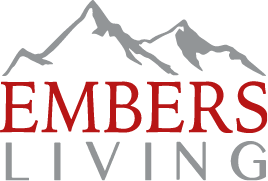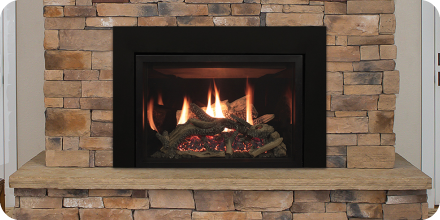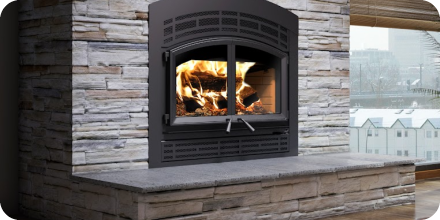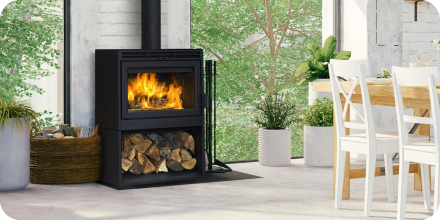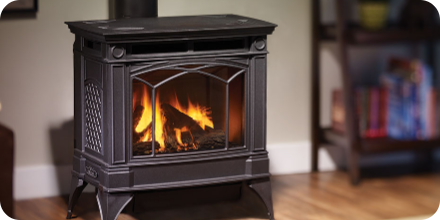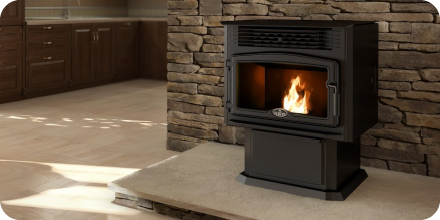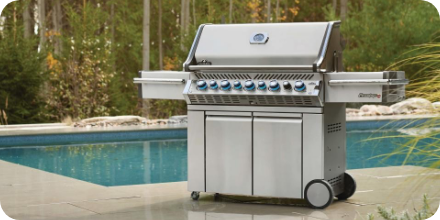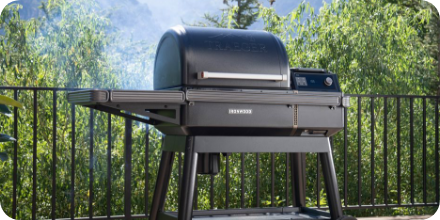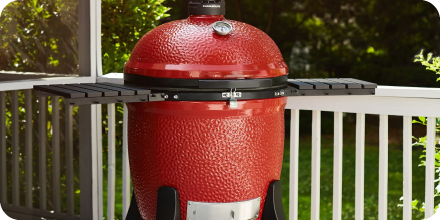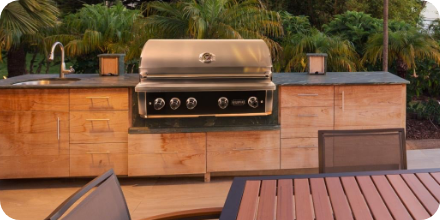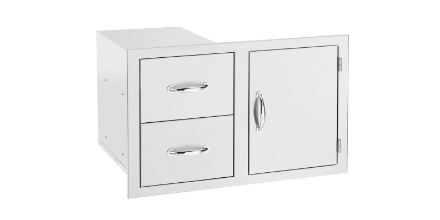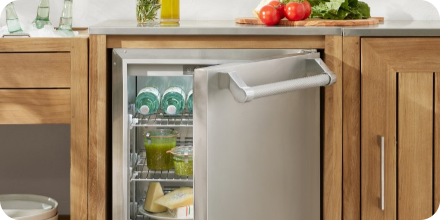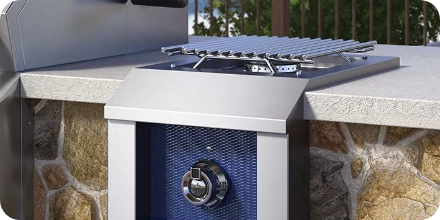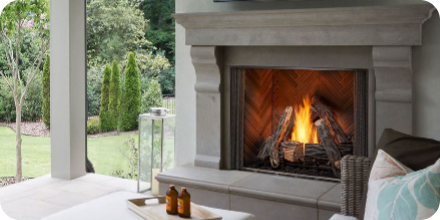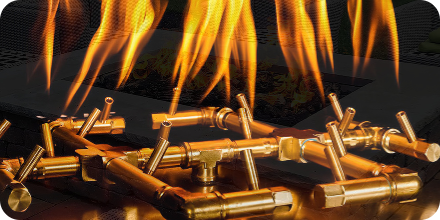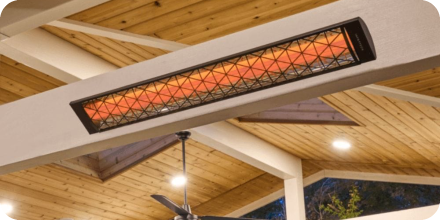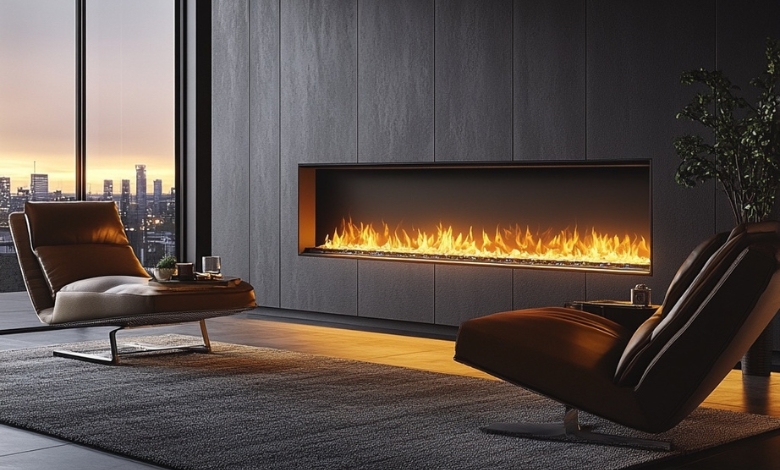Safety Tips for Built-In Gas Grills for Outdoor Grilling
Dec 28th 2018
In the excitement of shopping EmbersLiving.com for the perfect grill, don't forget the safety precautions. It takes no time to check the area you'll be installing the grill for safety issues, but it means more than any other stage of the installation process.
Check the built-in gas grill for outdoor rating
Examine the tank and hoses for leaks and debris
Before lighting the burner, you need to check all tubes and connections for wear and tear. What you’re looking for is holes, cracks, or brittleness that could lead to a gas leak. What many grillers forget is to take a good look inside the tube for food, grease, or insects.
Check the materials above the grill, such as a roof or eave, for combustible materials
When planning the arrangement and choosing the space where you'll install your gas grill, take a moment to look up. No one wants to be in the midst of grilling some amazing T-bone steaks only to find they're drenched in water from a sudden rain shower. But, in an attempt to cover and protect your grilling area you may not have considered if the material above the grill is combustible. All it would take is a single flare-up to set combustible material on fire which could result in the loss of your grill or home.
Surround the gas grill with fire-retardant materials
Just as you want to take the material above your grill into consideration, you also need to check the materials on both sides and behind the grill. Built-in gas grills put off tremendous heat that will be absorbed by surrounding materials. If those materials are combustible, those beautiful T-bone steaks may never make it to the grill. Remember some gas grills can reach temperatures over 500°F, and at that temperature, it wouldn’t take long for a combustible material to catch fire.
Research a fire suppression system
Fire suppression systems aren’t typically needed for home built-in gas grills. However, when you move from the more basic built-in grill to a full-on outdoor kitchen with multiple appliances, a fire suppression system may be a good investment. If nothing else, hang fire extinguisher nearby in case of fire.
Never fight a flare-up
Unfortunately, we’ve learned of far too many instances when a spray bottle filled with water was used to fight a fire. Flare-ups are extremely dangerous and often caused by grease dripping onto the flames. Water will only make a grease fire worse. Instead, leave a section of the grill empty, so you can move the food caught up in the flash fire to the empty part of the grill. This allows the fire to go out naturally. If it looks like the fire is getting out of hand turn all knobs off, shut the lid, and turn the gas off at the tank.
As you’re planning out where you’ll install your built-in gas grill, plan to place any other heating or cooling appliances several feet away. A cooling device, such as a refrigerator, will not have much effect on the grill's heat, but the grill's heat could have a significant impact on the cooling device.
The heat from the grill will slowly warm the side of the appliance, and if it happens to be a refrigerator you may run into an issue. Your refrigerator may not keep up with the cooling process. This could raise the temperature of foods inside to a dangerous level where bacteria can grow. We've even heard of ice melting in a freezer placed too closely to a grill. The best way to prevent your gas grill from damaging surrounding appliances is to watch the clearance instructions.
Follow clearance instructions
Following your grill's clearance instructions exactly as described is the most critical step when installing built-in gas grills. The term clearance refers to the space between the sides, back, and top of the grill and any surrounding structures. For instance, if the instructions for your grill suggest a 10-inch clearance on all sides, you don’t want to install your grill 5 inches from the adjacent countertop. The manufacturers of the grill have completed multiple safety tests before deciding on the optimal clearance. Disregarding the clearance instructions could lead to fire or injury.
After looking around at the built-in grills on embersliving.com, give us a call at 805-952-5440 or 303-800-5659. We can talk you through choosing between our built-in gas grills to find the optimal one for your home, and we can answer any questions you have about safety precautions. At Embers Living, every season is grilling season.
